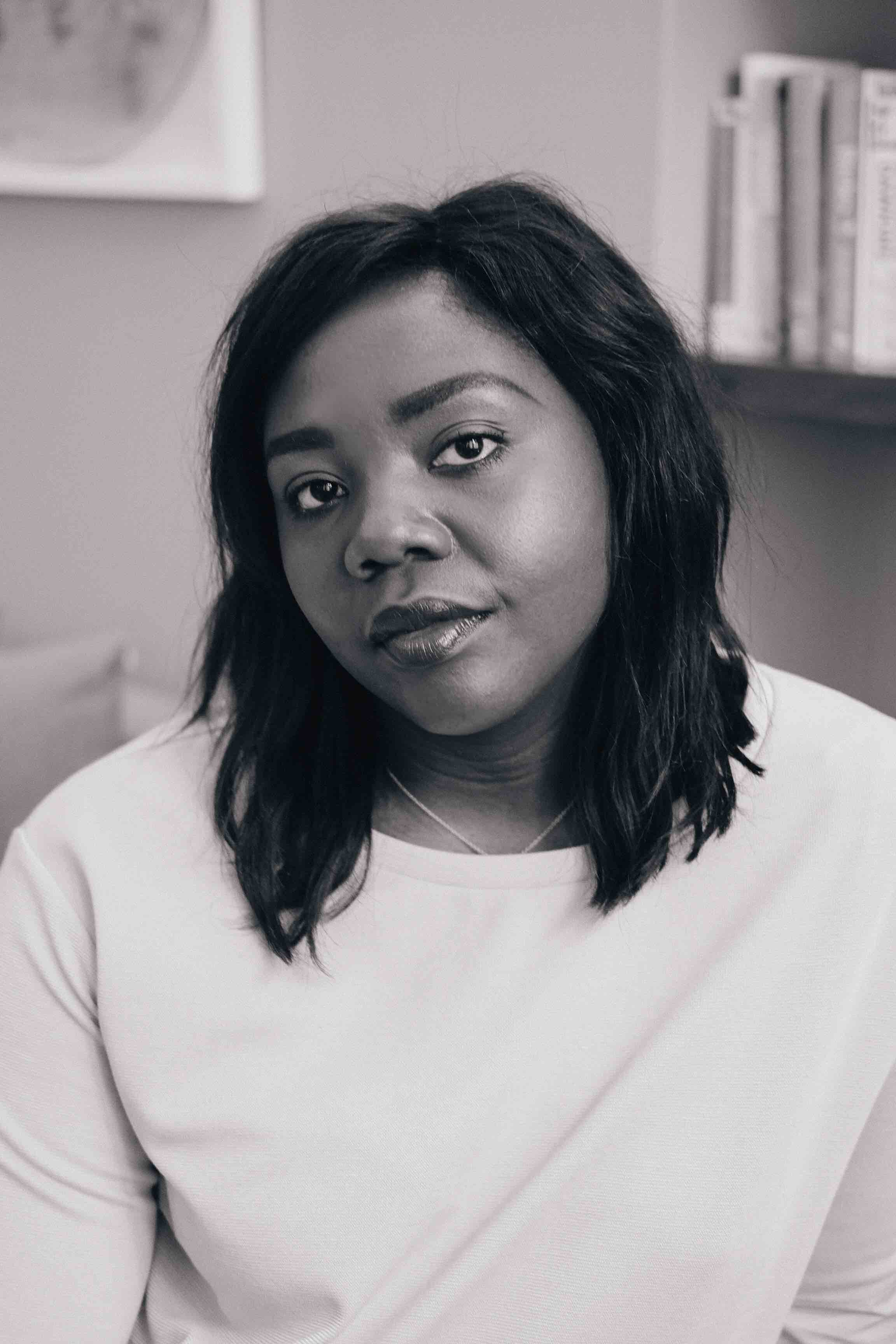How to encourage people of colour to use sun protection

The Black Skin Directory (BSD) has launched a sun protection awareness campaign to shine a light on melanoma in the black population. The campaign aims to respond to the lack of sun protection messaging that targets people of colour (POC), especially as recent research indicates the melanoma mortality rate is 1.5 times higher among the black population.
The same research report (titled Malignant Melanoma in African Americans) indicated that black people were four times more likely to present with advance stage IV melanoma than Caucasians. We spoke to BSD founder Dija Ayodele to find out how therapists can support the message.
How can therapists get their dark-skinned clients using sun protection?
As skin experts, we know that sun protection products are key to any treatment. I always explain the UVA/UVB process to clients and how it causes damage to the skin, speaking plainly about the small level of protection black skin already has but emphasising that it’s insufficient and additional protection is needed.
Tell clients that expensive procedures and ingredients like laser, peels and vitamin A are pointless if they’re going to refuse to use sun protection to protect their skin post-treatment. On occasion, I have even declined to treat a client if they won’t comply with sun protection as part of their treatment programme.
Hyperpigmentation and dark marks are always a big concern for skin of colour, so you could also explain how the sun can exacerbate these issues and how sunscreen can help lead to clearer skin long term.
Does the level of sun protection a client needs depend on the shade of their skin?
The recommendation for everyone is at least an SPF30 broad-spectrum sunscreen, but if a person of colour is particularly fair and has sensitive skin that is prone to burning – especially if they say they’ve burnt before – advising them to use a higher SPF would be sensible.
Where can therapists source sun care products that are formulated with black skins in mind?
Typically, zinc oxide and titanium dioxide, present in physical sunscreens, are the ingredients that cause an unsightly white cast on black skin. Technology has advanced in leaps and bounds though, and a lot brands now make physical sunscreens that work perfectly well with black skin, such as those that use nano-particles, which reduces the residue left by the product.
Chemical sunscreens don’t leave any telltale signs; so many black clients tend to prefer these formulas. Look for filters such as oxybenzone, avobenzone, octisalate, octocrylene, homosalate and octinoxate. Sun protection is available in many different formats now – like cream, oil, spray, gel and powder – so clients can find the product that works best for their skin and their lifestyle.
Of the three types of skin cancer – basal cell carcinoma, squamous cell carcinoma and melanoma – is one more common in black skins?
Squamous cell carcinoma is common in dark skin tones on the lower half of the body. It may present as a wart or a continually crusty sore. It is curable, but can also spread to lymph nodes, which can end up making it challenging. Basal cell carcinoma is linked to excessive unprotected sun exposure and in dark skin is usually found on the top half of the body, like the head and neck.
Melanoma is less common in black people but is the deadliest; this is the skin cancer that has the highest mortality rate in the community as it is usually detected too late, much later than in a Caucasian person. It is associated with moles that start to change in colour, shape and size.
Why does skin cancer often go undiagnosed in black people?
A lot of people make the false assumption that skin cancer always starts with a mole. While this can be the case, skin cancers can also develop from a cut or injury that just doesn’t seem to be healing, like a patch of skin that is constantly dry, rough or scaly. Skin cancer can be flat or even keloid-like in appearance.
Dark patches are harder to spot on black skin than Caucasian skin, which makes it even more important to check thoroughly and advise clients to seek further help from their GP or dermatologist if in doubt.
Even some medical professionals miss signs of skin cancer on black skin. They often aren’t exposed to these incidences in training, so they don’t always know what they are looking for. Sometimes the misconception still exists that black skin simply doesn’t get cancer. This can be a hurdle even among professionals.
How can potential skin cancer be spotted in black clients?
The same thorough “ABCDE” [asymmetry, border, colour, diameter, evolving] mole check should be performed on all skin tones but therapists should be aware that among the black population, some skin cancers can develop in hard-to-spot places such as the nail beds, soles of the feet, bottom, groin, anus and in the mouth.
 Dija Ayodele is a London-based aesthetician and beauty writer. She has a special interest and experience in skincare for women of colour and is the founder of Black Skin Directory, an online resource connecting women of colour to expert skincare professionals in the UK.
Dija Ayodele is a London-based aesthetician and beauty writer. She has a special interest and experience in skincare for women of colour and is the founder of Black Skin Directory, an online resource connecting women of colour to expert skincare professionals in the UK.


